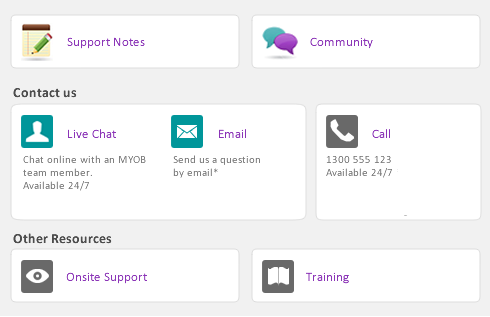You can open the Record Journal Entry window using the keyboard shortcut, COMMAND+G in any window.
The General Journal number is incorrect
If you want to use a different ID number for a General Journal transaction, enter the correct number in the General Journal No. field. The next journal entry you enter will be assigned the next available ID number. Note that you should retain the journal prefix letters so that you can identify the transaction in reports later.
If the problem occurred because two or more transactions have the same number, see Two transactions have been assigned the same General Journal number.
Two transactions have been assigned the same General Journal number
If you want to delete a transaction with a duplicated number, locate the original entry using the Transaction Journal window and open it in the window where you originally recorded it. You can edit the number or reverse the transaction as your system allows.
This may occur if the credit and debit transaction amounts were both posted to the same account, effectively cancelling each other out. To fix this, open the original journal entry using the Transaction Journal and check if the journal amounts were entered correctly. If they were not, change, reverse or delete the transaction as you normally would. For more information, see Changing or deleting a transaction.
Before you can record a journal entry, the amounts that appear in the Debit and Credit columns must be fully allocated and the Out of Balance amount must be 0.00.
When the Out of Balance amount is 0.00, you’ll be able to record the transaction.
If you have jobs that started prior to your conversion month, you can enter the opening balance for these jobs in the Job Opening Balances window. Note that you need to create the jobs before you can enter balances for them.
The Job Opening Balances window shows only your income, cost of sales, expense, other income and other expense accounts. These are the accounts that are used to create the Jobs Profit & Loss statement.
You can open the Index to Reports window by pressing COMMAND+I in any window.
If you want to change the way your reports appear without creating custom reports, go to the File menu and choose Default Fonts. The Default Font Selection window appears. Click Reports or Forms to change the properties for all reports and forms. Note that these settings will not override the settings of any customised forms you have saved.
You can change the paper size (from A4 to B5, for example) of your forms.
In the Review […] Before Printing window, click Advanced Filters. In the Advanced Filters window, select a different form in the Select Form for […] field and click OK.
You can specify the number of documents that will be printed on a page. In the Review […] Before Printing window, click Advanced Filters. In the Advanced Filters window, click Customise. In the Customise […] window, click the Field Properties/Information icon ( ) and change the number in the Number of […] per Page field.
) and change the number in the Number of […] per Page field.
|
▪
|
Click Advanced Filters and change the date range and other filter options to include more forms.
|
|
▪
|
Open the original transaction and check the Delivery Status entered (To be Emailed, To be Printed, To be Printed and Emailed).
|
|
▪
|
Choose different label stationery in the Advanced Filters window.
|
To print activity statements that contain transaction information for only the previous month, set the From and To dates to the first and last days of the last month in the Print Statements window. This will ensure that no transactions from the current month appear on the statement.
The data fields you can add to a form depend on the form you are customising. For example, you can add a Sale Status field to an invoice, but not a Purchase Status field.
To view a list of all data fields you can add to a form, open the report you want to customise in the Customise window. Click the Add New Data Field/Column icon on the left end of the toolbar. A list of available data fields appears.
Click the Add New Data Field/Column icon on the left end of the toolbar. A list of available data fields appears. Select the field you want to restore and click OK.
If you want to start again, click Cancel to discard your changes and then reopen the previously saved (or the original) version of the form.
Customise invoice formats if your business isn’t registered for GST
Customising your invoices to show GST for every line
You can set up your invoices so that the GST is shown for every line, with a total GST amount at the bottom of the form. To do this, open the invoice you want to customise, click the Add New Data Field/Column icon on the left end of the toolbar and select the [Line Tax] field.
After customising a form, you can print a test copy to check that field information is correctly aligned. In the Advanced Filters window of the customised form, click Print Alignment.
Every custom cheque form has three cheque stub forms associated with it: Regular, Payable and Refund. If you want to use your custom cheque form to print several types of cheques, you need to modify all the appropriate stub form layouts.
There are three types of cheque stub forms: Regular and Refund. Use the Layout menu at the top of the Customise Cheques window to select the stubs that you want to customise.



